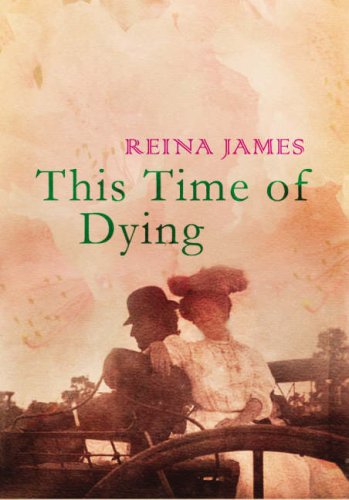This Time Of Dying
This most unusual first novel chronicles the 1918 Spanish flu epidemic in London. The story opens with flu-stricken Dr. Wey drawing on his last reserves of strength to post a letter warning the government to close the ports and stop the movement of the troops in order to halt the epidemic. Before Wey can reach the post box, he collapses and dies in the street, his face blue with cyanosis, the Spanish flu’s trademark symptom.
Undertaker Henry Speake finds both Wey’s body and his letter, which he reads and keeps. As the disease spreads and the body count mounts, Wey’s letter haunts him. Unable to confide in his self-centred sisters, he turns to Mrs. Allen Thompson, a widowed teacher whose school has closed down for the duration of the epidemic. When their friendship evolves into slow-burning romance, they suffer the censure of their family and friends: Henry, a common tradesman, is beneath Allen’s station and a respectable woman has no business seeking his company. But as the flu ravages the community, old social barriers break down. Servants and working class people stand up to their social ‘betters’ and women take on male professions. Meanwhile Henry and Allen struggle to find the courage to be true to themselves.
Written in deceptively plain and unsentimental prose, the novel is quite sophisticated in structure. The author manages to dip into many different characters’ heads to paint an intimate portrait of how the flu impacts an entire community already decimated by war: from the elderly doctor who cannot live up to the weight of his duties, to Henry’s ‘masculine’ sister, seething in resentment because she believes she could run the family business more competently than her distracted brother. Despite its macabre subject matter, a highly compelling and recommended read.










